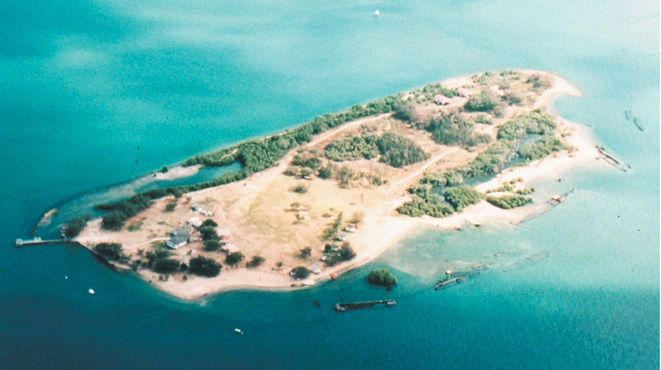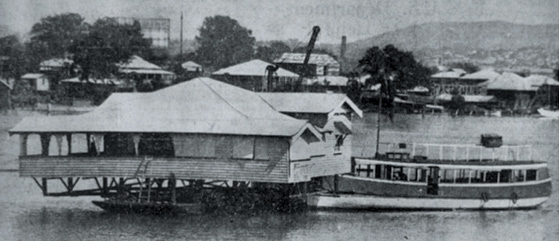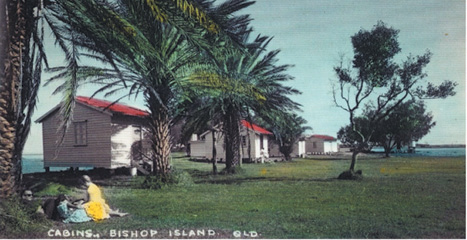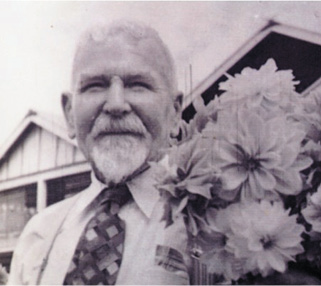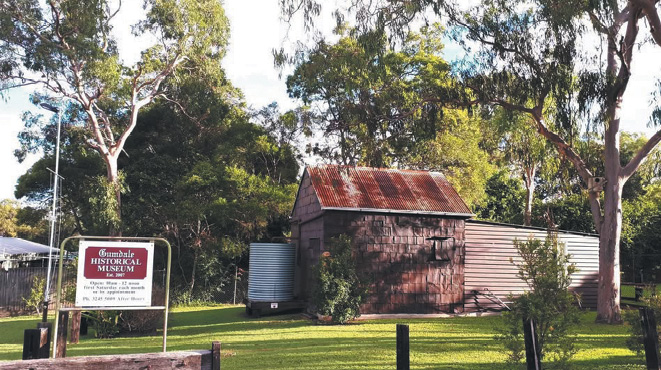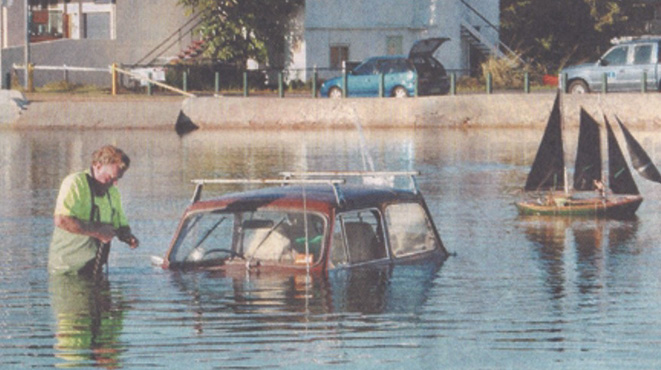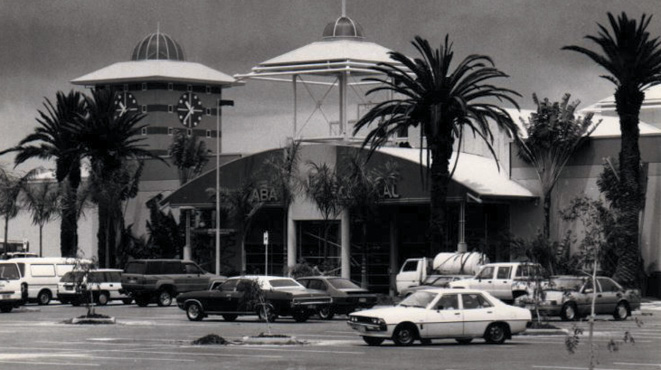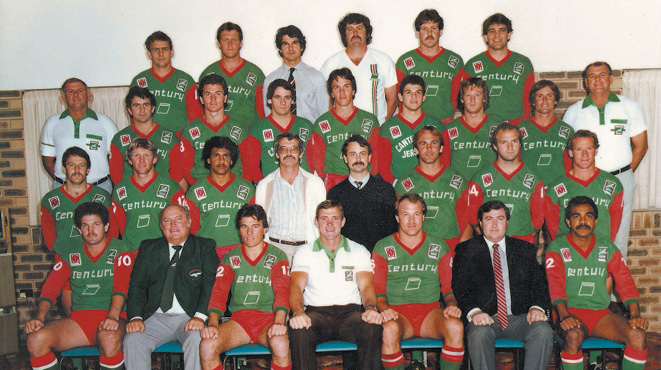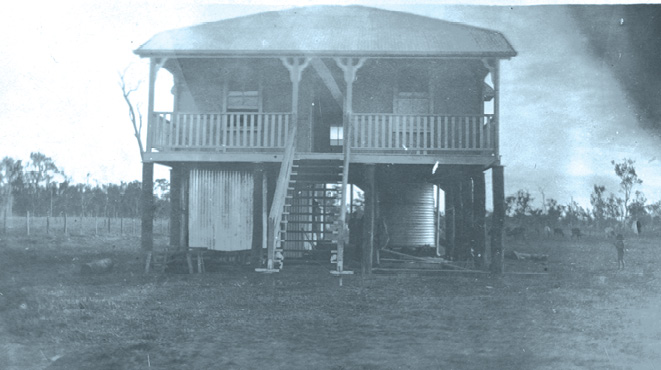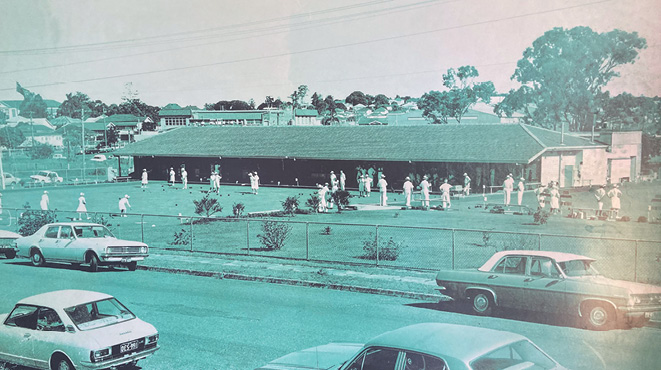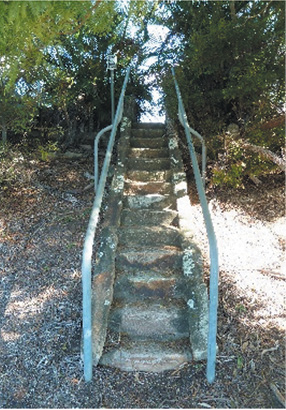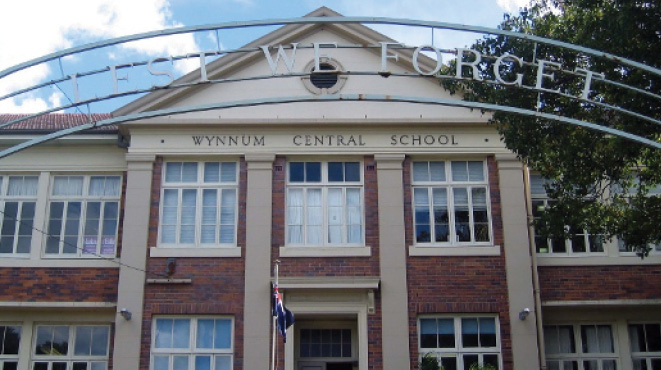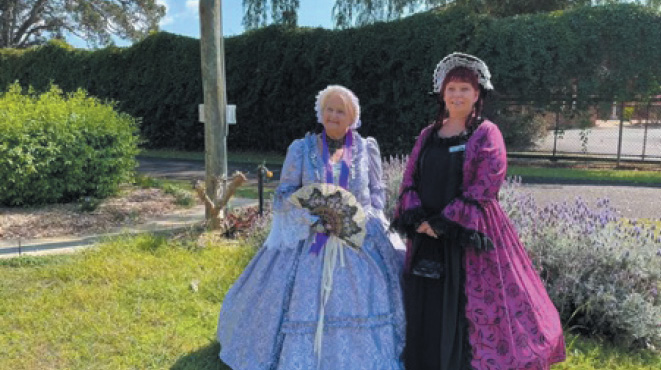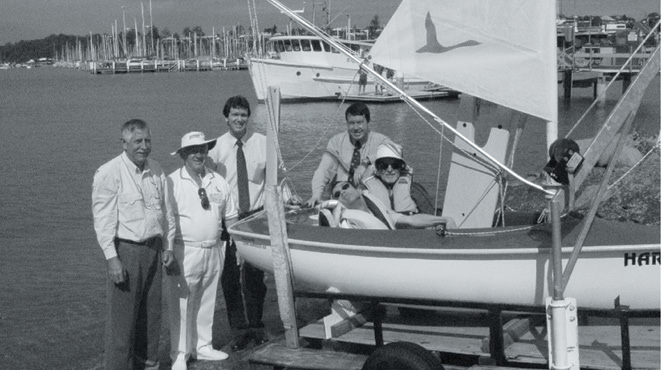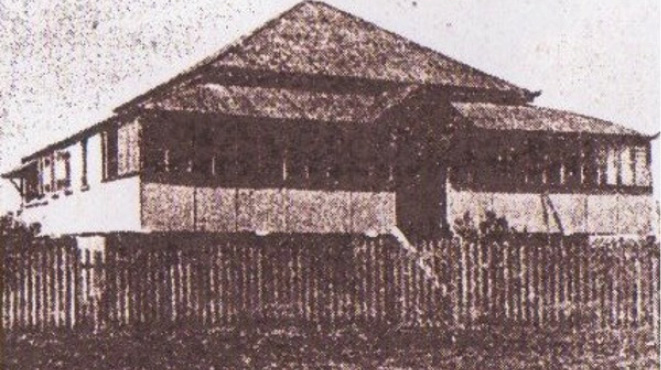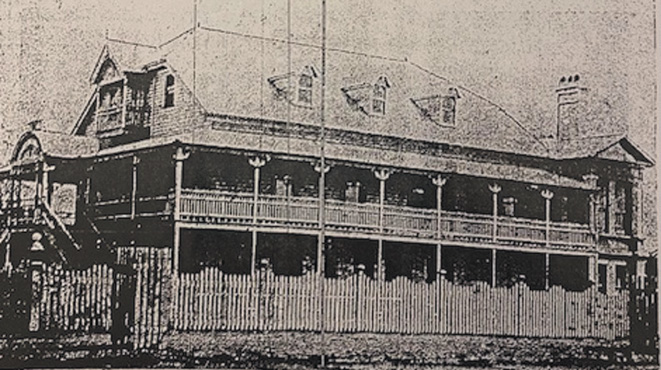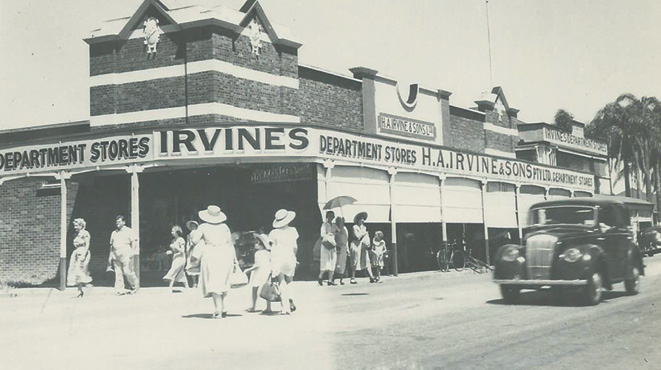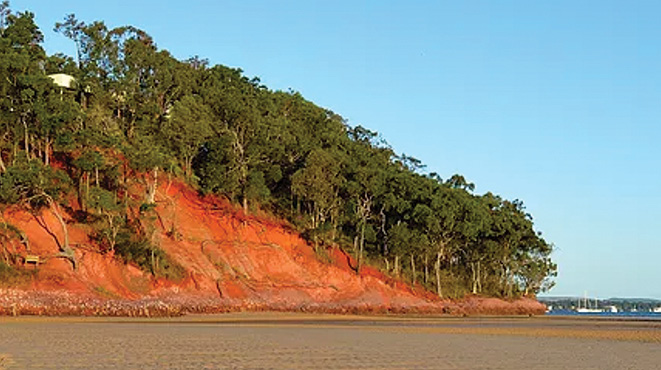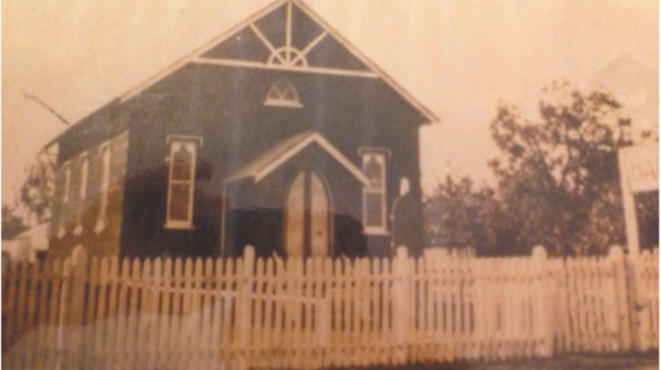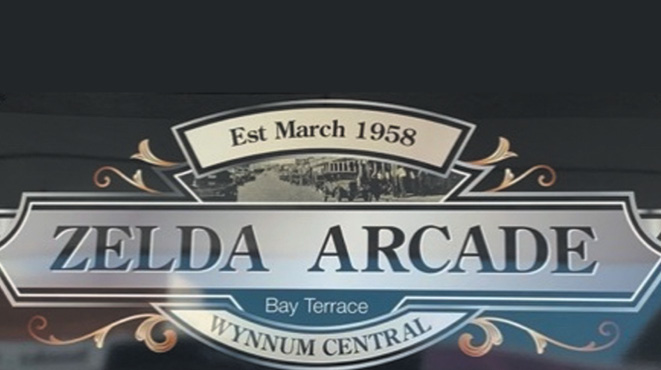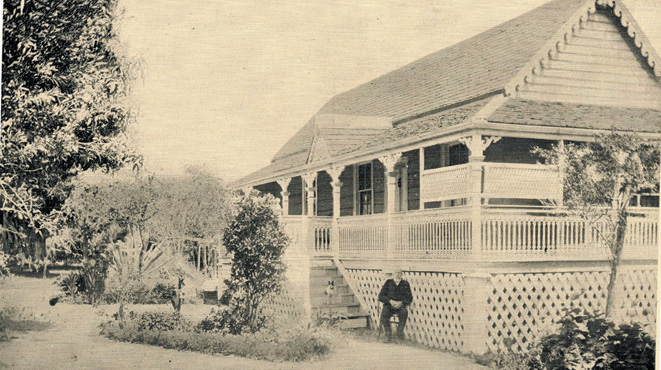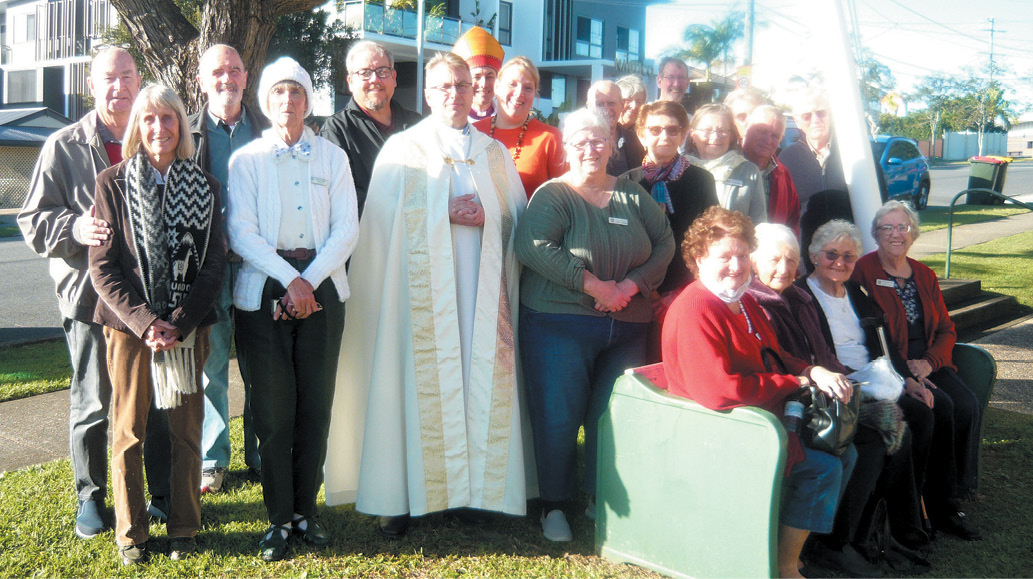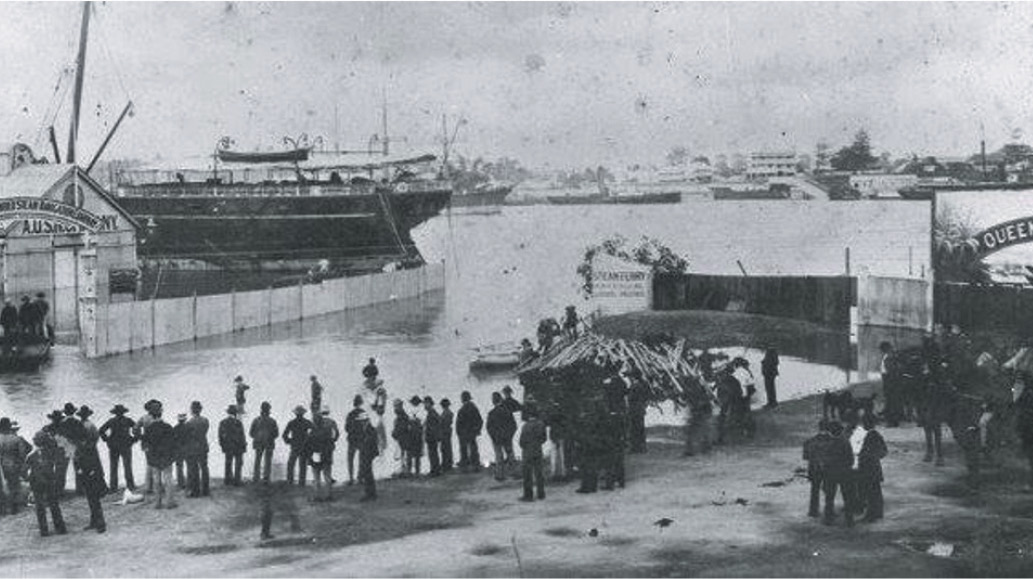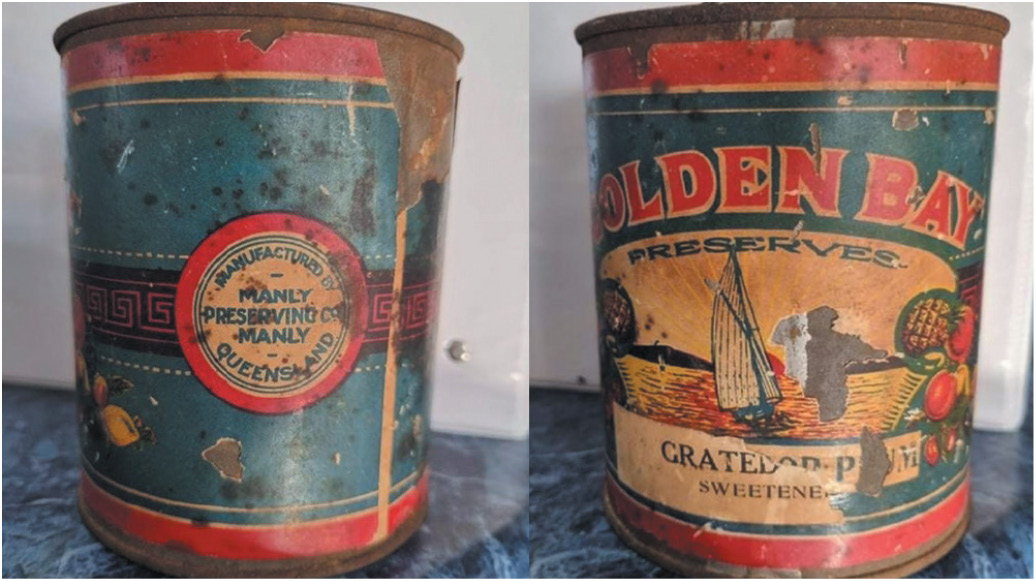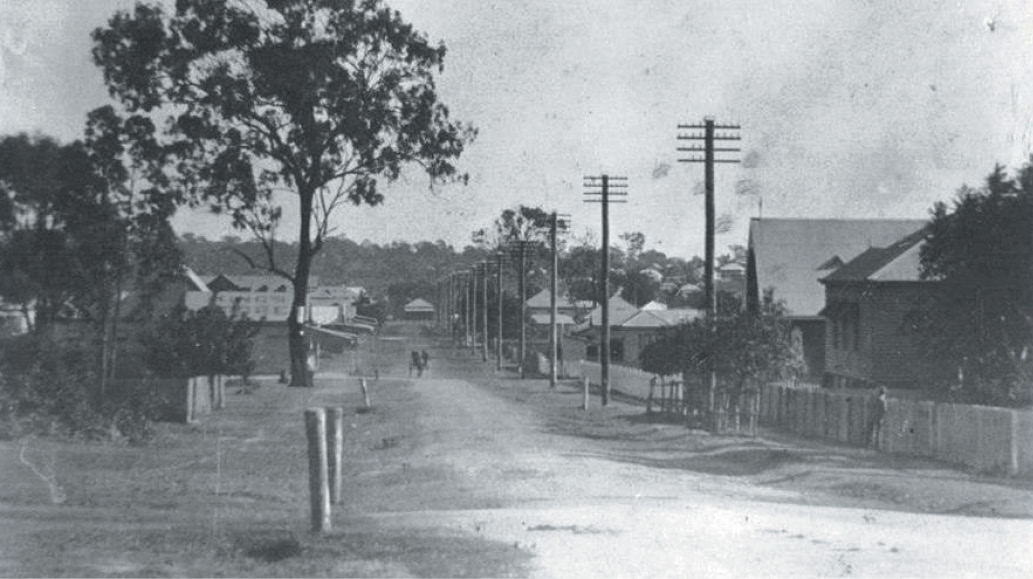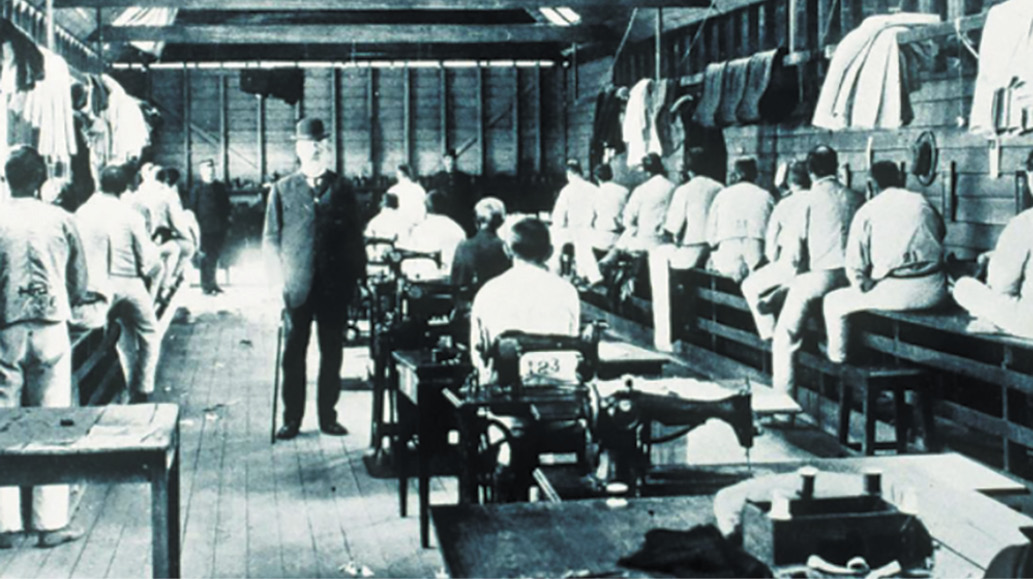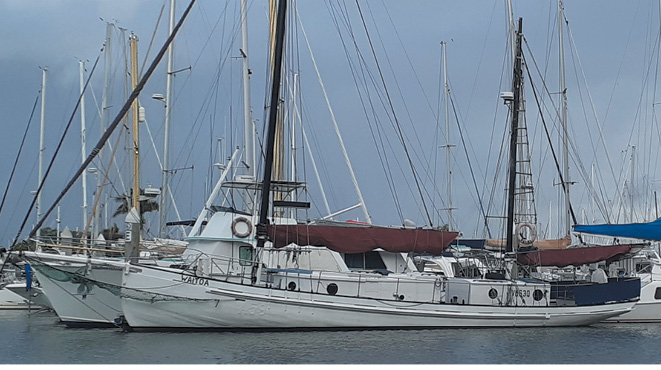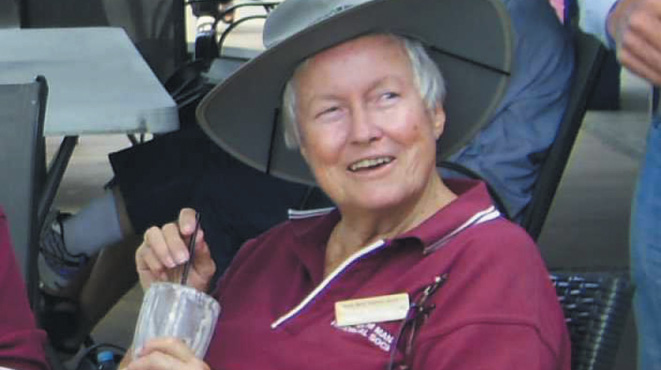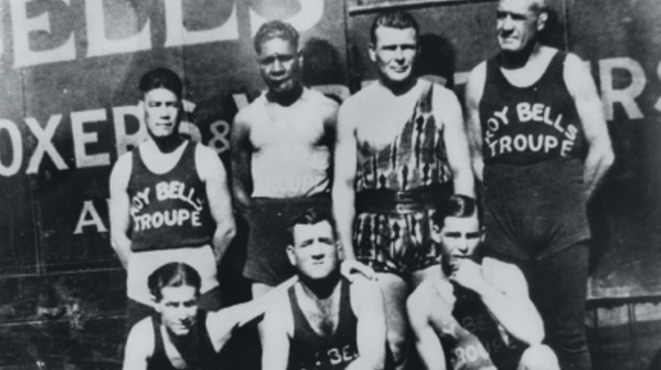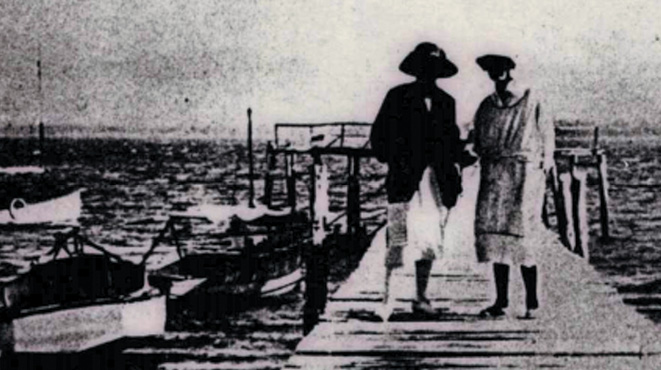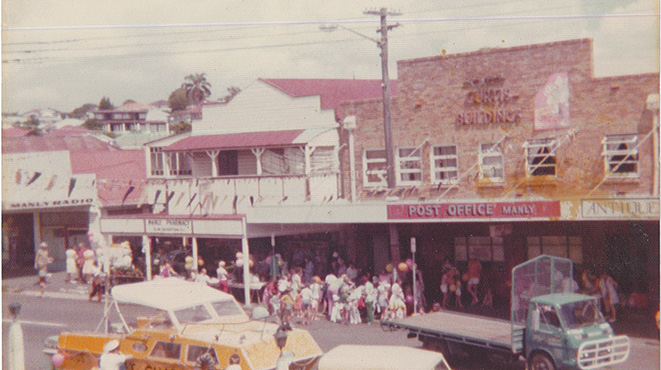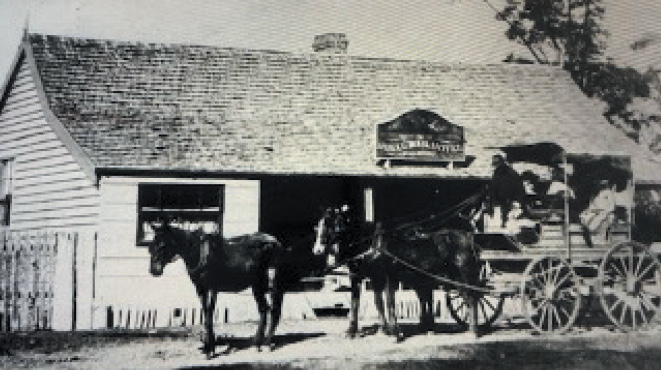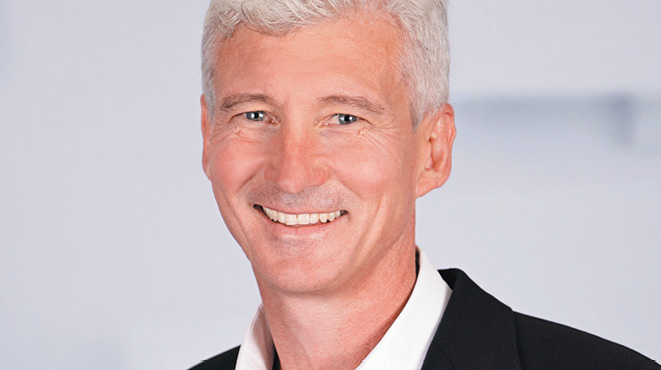Bishop Island. Photos: Supplied.
FROM THE WYNNUM MANLY HISTORICAL SOCIETY INC.
Moreton Bay Settlement was set up in 1824 to house convicts, those second-time offenders from Sydney. Until free settlement was allowed in 1842, the government of New South Wales did little to improve navigation of the Brisbane River. There was a sand/mud bar across the river entrance, a rocky bar near Lytton and heavy shoals in the Hamilton Reach.
Free settlers arrived in 1842. Ships were moored in Moreton Bay. Only shallow-drafted lighters could enter the mouth of the river at high tide. One hundred pounds (£100) was reserved in the supplementary estimates of New South Wales for a proper survey of the river aiming to remove any natural object that impeded navigation. However, no work was attempted until after the separation of Queensland from New South Wales in 1859.
The first channel – the “West or Francis Channel” – ran due northwards from the river mouth following the floor of a creek bed. Captain Thomas Francis used the dredge “Lytton” to excavate the channel. The second “Old Bar Cutting” or “Koopa Channel”, completed in 1883, was much straighter, easier to navigate and could accommodate larger vessels.
Building of the third and final cutting, accommodating even larger vessels, commenced in 1908 and was completed by 1912. This is the “Bar Cutting”, formed by the dredge, “Hercules”, captained by Captain Bishop.
Captain Alan Fitzroy Bishop (1857 – 1950) was born in the County of Essex, England. His father, Francis William, was a Merchants’ Clerk, and his grandfather was Mayor of Colchester for seven years. Alan lived in a large house, and his ambition was to become a soldier.
Family fortunes changed. The family moved to London and lived with their grandparents. Money was short, and Alan found a clerical job in Cheapside. High spirits and mischievous ways brought about his dismissal. At fourteen years of age, he signed up as an apprentice for four years on the barque “Pacific”. The cargo was carried around the world.
Alan spent much time travelling between the Australian and New Zealand coast ports until he was attracted by the lure of the North Queensland goldfields, but with little success.
After positions on the vessels sailing from Flying Fish Point, Dungeness, Keppel Bay and Curtis Island, he reached the Brisbane River in the early 1890s. He became the dredge master of the “Sampson”, and his early work involved laying the dredged material from the Brisbane River onto the northern bank area, now occupied by the Royal Queensland Golf Course.
But the mouth of the river was still shallow and precarious for shipping. So in 1909 the “Bar Cutting” was excavated using the dredge “Hercules”. The spoil was dumped on a small sandbank to the southern side of the river mouth.
By 1912 an artificial island had grown 10 – 12 feet (2 metres) above high water and 32 acres (17 hectares) in size. First known as “Hercules Bank”, then “Dredge Island”, the final gazetted name was “Bishop Island”. Soon vegetation appeared.
Stripped of their sellable parts, hulks were sunk on the island’s western side to prevent erosion. The SS Bingera in 1926, and Qld Government’s steam yacht, Lucinda in 1937, were amongst the 15 wrecks dumped there.
In the 1930s, Jim Crouch from Bulimba leased the island and floated buildings down the river – a kiosk, a house and a dance pavilion to develop his “pleasure island”.
Bishop Island had fulfilled Captain Bishop’s dream of becoming a “pleasure resort”. Private boats and tourist operators visited for public events, such as sand garden competitions, carnivals and treasure hunts. Jim Crouch purchased “The Gippsland” from Sydney (NSW) to transport people.
In October 1950, Bishop Island was found to be eroding, and the centre was sinking. A wall was constructed using rock from the Kangaroo Point quarry. The Port of Brisbane used the island since 1976. As the Port reclaimed land in early 2000, Bishop Island became part of the mainland. The island is no more.
A bridge linking Whyte Island and Fisherman Islands was dedicated to the memory of Captain Bishop in 2000. A second Captain Bishop bridge has been added to cope with the daily traffic to and from the port.

